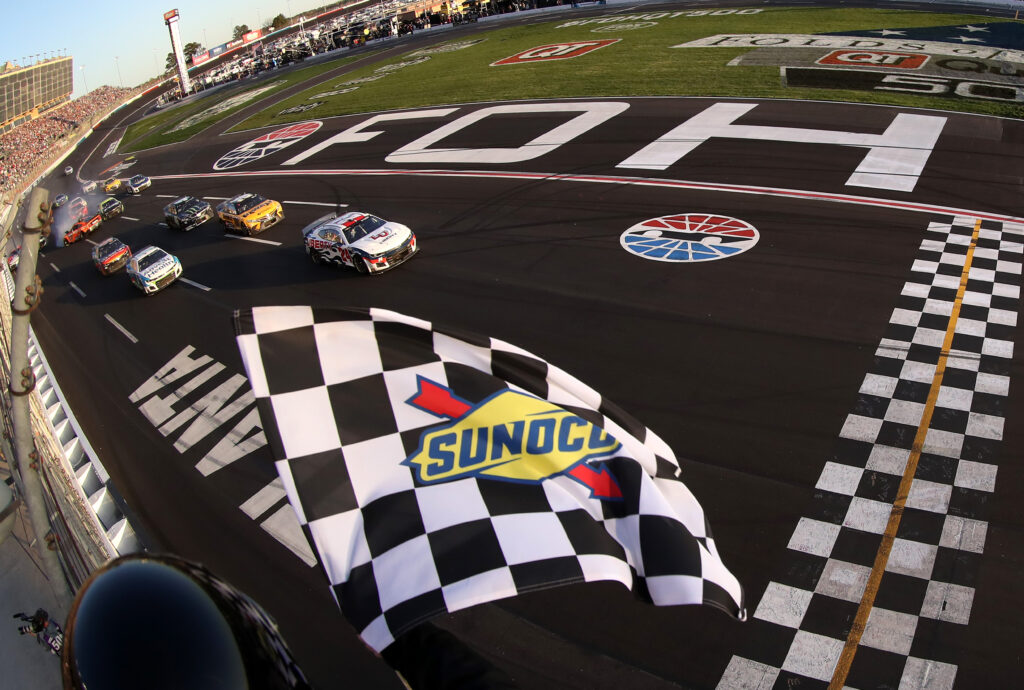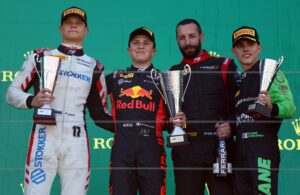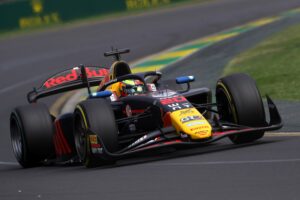Forty-six lead changes.
Sunday’s Folds of Honor QuikTrip 500 set a new track record for most lead changes in a race at Atlanta Motor Speedway. Given this was a restrictor plate race, that’s not surprising. On paper, it delivered the results that former NASCAR Chairman and CEO Brian France wanted.
As a staunch defender of restrictor plate racing, however, this Atlanta restrictor plate race left me feeling hollow.
The White Zone: Thoughts on Atlanta restrictor plate race
Even as a plate race, this doesn’t work
For the last three weeks, NASCAR put on some of the best races I’ve ever seen. Thanks to a aerodynamic package that caters towards low-downforce and high(er) horsepower, we had cars on the razor’s edge of control and driver skill dictating the outcome of a race.
Don’t get me wrong. There’s a skill to restrictor plate racing. Especially when you weave your way up through the field in just a few laps to take the lead.
As a plate race, however, Atlanta doesn’t have that.
Thanks to the ill-conceived reconfiguration, for which Speedway Motorsports sought no driver input, Atlanta is too narrow for a driver to weave his way through. Whereas at Daytona and Talladega, you have more room for cars to maneuver.
As a result, you didn’t have the comers and goers that you normally see in a plate race, and no real strategy on getting up to the front; besides waiting on cars ahead of you to wreck or gaining spots on pit road.
So we learned nothing about anyone’s skill as a plate racer that we didn’t already know. Of the 20 drivers who led a lap, only seven never won a prior plate race.
Ultimately, this race was an apropos of nothing. Nothing was learned and nothing carries over to the next race or the playoffs, because Atlanta’s second date is in July.
Look, I understand this repave had to happen, because the surface was coming apart. Yes, the racing at Atlanta in the last few seasons wasn’t great, and the attendance dwindled to dangerous lows. But when this surface ages, this race weekend that already bordered on shitshow territory might turn into a bigger one.
Furthermore, if NASCAR gets the bright idea to do this at more mile-and-a-half tracks, then we’re right back where we started with the high-downforce package in 2019; sacrificing driver skill for the sake of entertainment.
If that’s the case, then you’re proving all the sports pundits who’ve said over the years that what NASCAR does isn’t real sport right.
That’s my view, for what it’s worth
TOP IMAGE: Mike Mulholland/Getty Images






